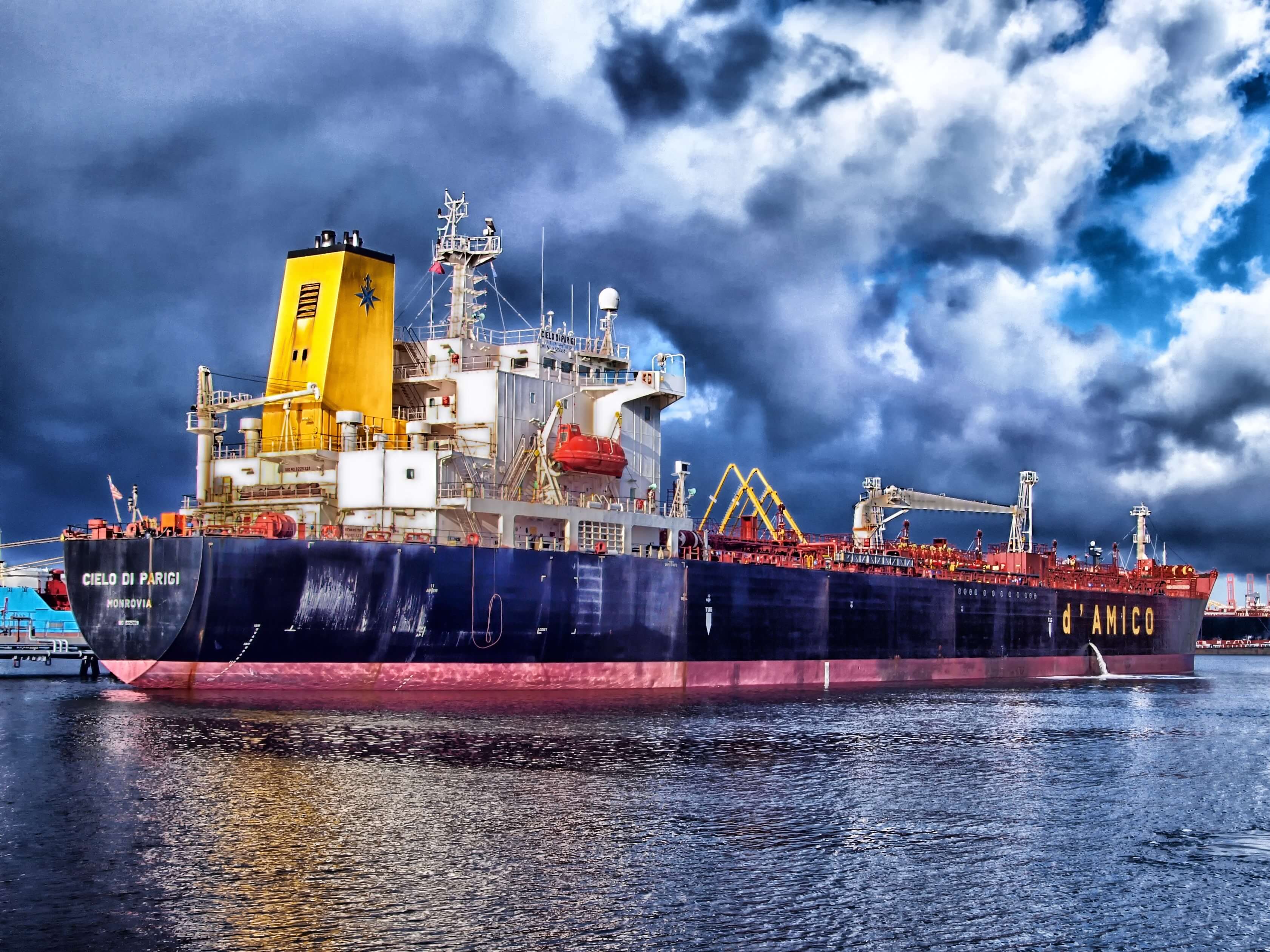Shipping is the most important form of international freight (goods) transport. Today, 90% of world trade happens through shipping and shipping accounts for 3% of the global human-induced Carbon Dioxide emissions.2
To put things into context, the size of a ship is much larger than that of an airplane, train or any other alternative means of transport. Much of the fuel burnt in shipping is Fuel Oil, which is a fossil fuel, thus contributing to major emissions of carbon dioxide and leading to Climate Change.
How this is influencing climate change
According to IPCC (Intergovernmental Panel on Climate Change), “carbon dioxide is the most important anthropogenic greenhouse gas.”
Earth’s temperature is naturally maintained by the preexisting greenhouse gases in the atmosphere. However, the carbon footprint created by human beings disturbs this balanced leading to a significant rise in temperature affecting natural climatic conditions.
Over the last 650,000 years, carbon dioxide levels in the atmosphere have generally ranged from 180-300 parts per million (ppm). However, the industrial revolution has enabled humans to surpass this natural range with carbon dioxide levels emissions nearing 385 ppm and growing at a rate of more than 2 ppm per year. As shipping forms a major mean of global transport for commodities, ships contribute to a fair amount of carbon dioxide emission, thus becoming a key player of climate change.

Source: https://cdn.statcdn.com/Infographic/images/normal/18351.jpeg
The International Maritime Organization (IMO), has reckoned from its study that the ocean-going vessels are responsible for approximately 1.12 billion metric tons of carbon dioxide discharge in 2007 which simply equals the annual greenhouse gas emissions from over 205 million cars.
Assessing the consistent growth of the shipping industry over the last three decades, the IMO predicts that carbon dioxide emissions from the industry could rise to 1.48 billion metric tons by 2020 (equivalent to putting 65 million new cars on the road) if effective measures aren’t introduced to reduce the emissions. Furthermore, IMO estimates that emissions could grow by 50% to 250% by 2050, due to the increase in the world’s maritime (sea-based) trade.3
UN and Global banks propounding green shipping to keep the situation under control
Shipping is essentially an activity that takes place largely outside any sovereign country’s borders and was not covered in the 2015 Paris Climate change agreement. However, the IMO and UN have discussed setting CO2 goals and limits.
Green Shipping refers to the sea transport lineage 200 years ago, when ships were carrying out trade around the world at a max speed of 16 knots without using oil or releasing harmful emissions.
In 2018, the International Maritime Organization has set a target to reduce emissions by half (50%) by the year 2050 with respect to 2008 levels. A project in collaboration between the European Union (through the European Commission) and the IMO has set up a program for Energy Efficiency.

In the case of less developed countries, plans are to set up centers with technical assistance to educate them on the importance of uptake of low carbon technologies and operations in marine transport. This may also help underpin internationally agreed energy efficiency rules and standards – Energy Efficiency Design Index (EEDI) and the Ship Energy Efficiency Management Plan (SEEMP) effectively.
The Danish shipping company Maersk has aimed to bring in zero emissions vessels by 2030.5 Also, the Global maritime Forum says this is technologically possible.6 From an ESG viewpoint, 11 major banks, led by Citi, Danske Bank, and Societe Generale which lend to international shipping have signed up to the Poseidon principles in 2019, which means they will only lend to shipping companies who sign up to the IMO’s 2050 target. These banks constitute for 20% of all the financing for shipping companies worldwide and the number of banks is set to expand in the coming months.7
In another encouraging sign, shipping associations have proposed creating a $5 billion research fund to be raised by the industry itself to help the sector meet emissions targets. International shipping associations, including the ‘International Chamber of Shipping’, called for a mandatory contribution of $2 per ton on fuel used by ships to raise money for a research fund to help develop cleaner technology for the industry. If agreed by the IMO member countries, this fund could be in place by 2023.8
All things considered
Shipping / Freight transport supersedes most of the transport means in carbon emission, driving climatic change and oceanic acidification to a great degree. With the passage of time, panels and organizations have realized this bitter truth and measures have been proposed to encourage zero-emissions shipping. This approach may become a commercial reality only if green shipping, slow steaming and speed, improved fuel standards are adopted rigorously.









